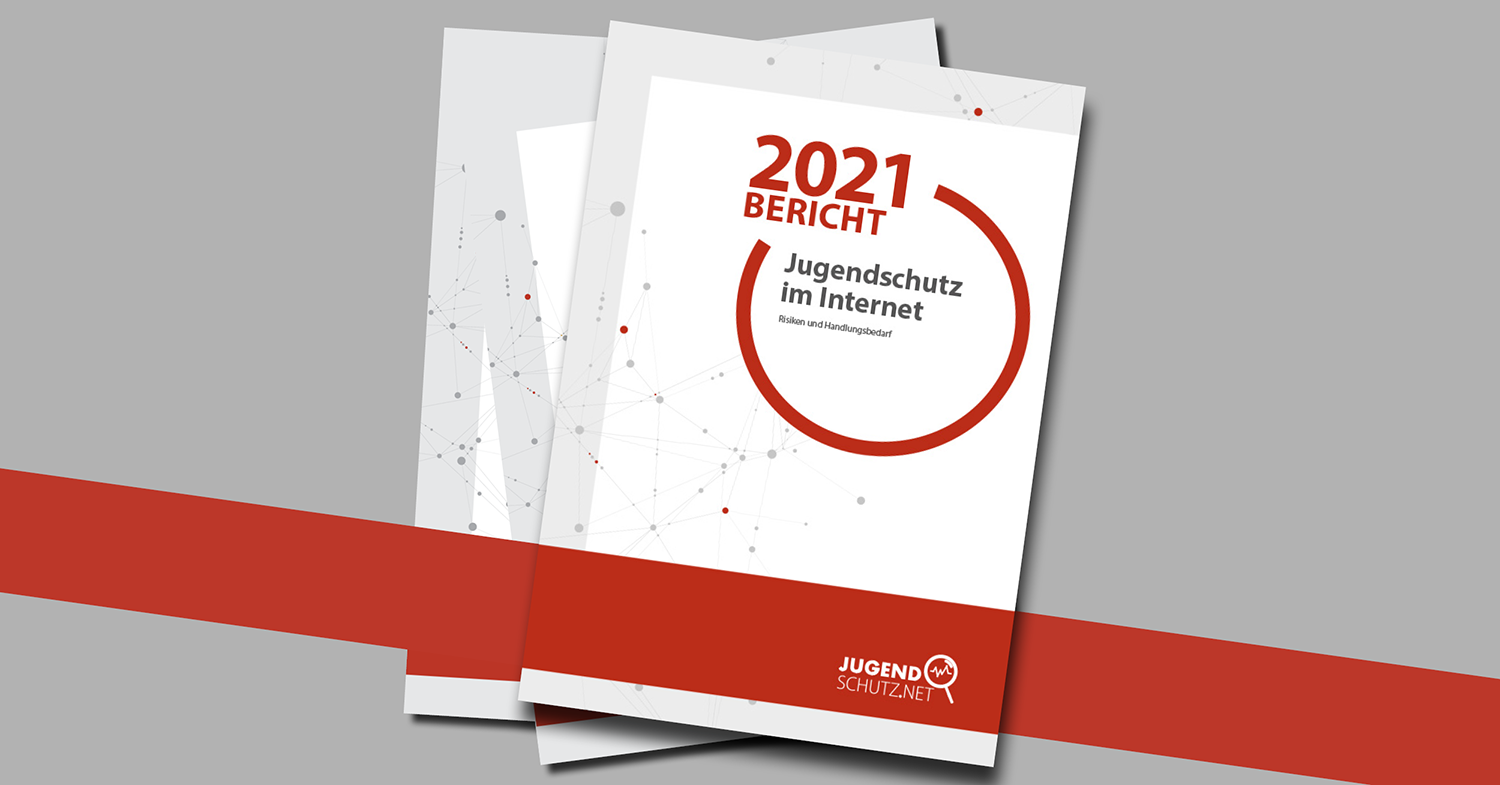jugendschutz.net Annual Report 2021Virulent dangers for children and young people on the net
Dr. Marc Jan Eumann, Chairman of the Commission for the Protection of Minors in the Media (KJM), emphasizes how important consistent law enforcement is for the protection of children and young people in the media. "Extremism, self-endangerment, violence, pornography: all of these can be found in social media, in games and on other youth-oriented offerings. The Internet is a wonderful playground, but it is teeming with landmines. The stakes are high: the protection of our democracy is at stake. The KJM takes action against providers who do not take remedial action and thus accept that they are harming children and young people. This also applies to relevant porn platforms that are based abroad and against which we are successfully conducting proceedings."
Another important component of contemporary protection is technical solutions. "As jugendschutz.net shows in its report, many services already lack the minimum to protect children and young people well: A reliable age check. Modern technologies such as machine learning are still too rarely used for youth protection. Yet the potential is enormous: in May of this year, for example, the KJM gave a positive rating to age checks based on biometric age recognition."
In 2021, jugendschutz.net processed a total of 6,865 infringement cases (2020: 5,056). 58 % were related to sexualized violence. Political extremism followed with 15 %. Pornography accounted for 14 %, self-endangerment for 6 %, violence for 5 % and cyberbullying for 2 %. 132 cases were submitted by jugendschutz.net to the Commission for the Protection of Minors in the Media for the initiation of supervisory procedures, 385 others for the suggestion of indexing. In 84 % of all cases, the violations had been eliminated by the end of the year.
The current annual report of jugendschutz.net is available for download online.
The most important findings of the annual report have also been summarized in a video clip. In addition, three video statements can also be found on this page.
Background information on jugendschutz.net
jugendschutz.net acts as the joint federal and state competence center for the protection of children and young people on the Internet. The center researches dangers and risks in youth-related services. It works to ensure that violations of youth protection regulations are eliminated and that services are designed in such a way that children and young people can use them without worry. The youth ministries of the federal states founded jugendschutz.net in 1997.
Since 2003, the agency has been affiliated with the Commission for the Protection of Minors in the Media (KJM). jugendschutz.net is funded by the supreme state youth authorities, the state media authorities and supported by the Federal Ministry for Family Affairs, Senior Citizens, Women and Youth as part of the federal program "Live Democracy!" and the initiative "Growing Up Well with Media" of the Federal Child and Youth Plan (KJP).
Together with eco and FSM, jugendschutz.net forms the Internet hotlines of the Safer Internet Centre DE. In Germany, the Safer Internet Center is coordinated by klicksafe. The online complaints offices receive tips on violations of youth media protection. Violations on the net can be reported online here at jugendschutz.net.

